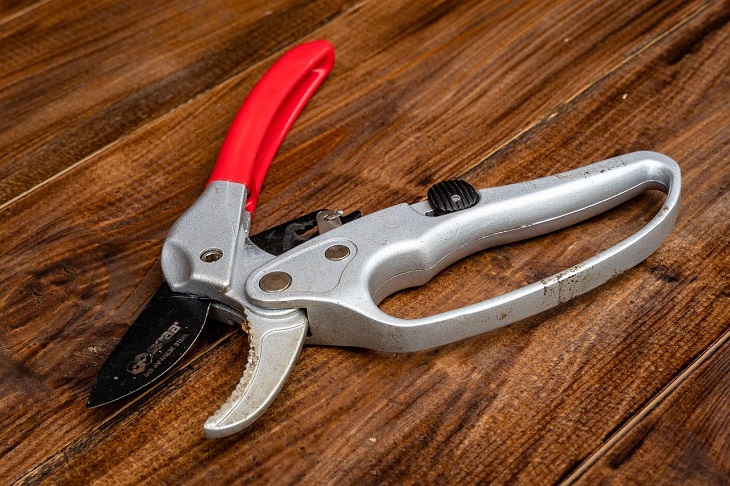How garden pruners were created: Learn more about gardening history
Gardening has been a thing for centuries, but people of the past didn't have the same tools and gadgets as we have now.
For instance, garden pruners are relatively new, and they can make our lives so much easier.
Let's find out more on how and when they were invented.
How it used to be
In ancient times, basic cutting tools like knives or sharp stones were used for this purpose.
As agriculture and horticulture practices advanced, so did the tools for tending to plants.

The earliest recognizable garden pruners were likely simple scissors or shears.
These early versions allowed gardeners to trim branches and maintain the appearance of their plants.
The design of these pruners gradually improved with the introduction of metal blades and sturdier handles, enhancing durability and efficiency.
It's innovation time
A significant innovation came with the incorporation of spring mechanisms into the handles.
This addition allowed the blades to automatically open after each cut, reducing the effort required and making the pruning process more efficient.
The basic hand-held pruner, with its scissor-like design, became a staple for gardeners worldwide.
Battery-powered miracle
With technological advancements, electric and battery-powered pruners emerged.
These tools introduced motorized assistance, enabling gardeners to cut through branches more swiftly and with less physical exertion.
The convenience of these modern pruners appealed to many, especially for larger gardening tasks.
What we have now
Today, garden pruners come in various types to suit different needs.
Traditional hand-held pruners remain popular for their simplicity and precision.
Electric and battery-powered models provide additional power for more substantial tasks.
The history of garden pruners reflects a continuous effort to refine and enhance tools, making gardening tasks more accessible and enjoyable for enthusiasts around the world.

